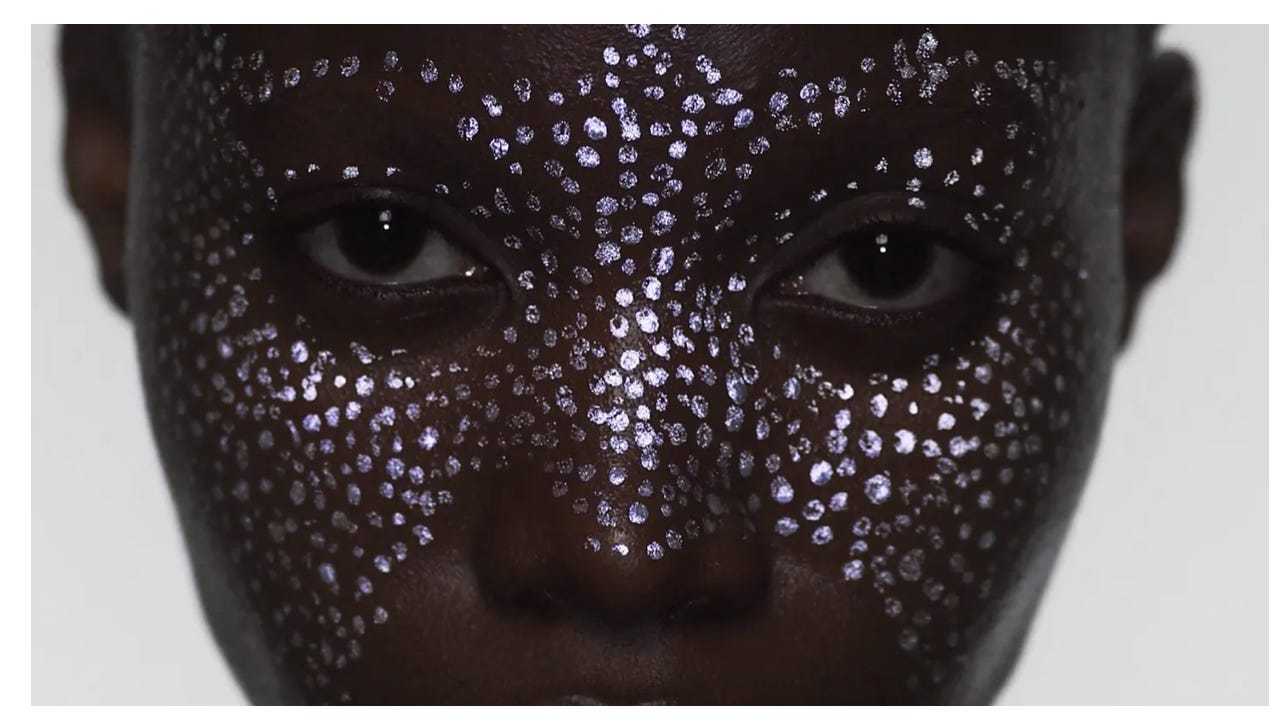The concept of 50/50 immediately conjures the idea of perfect equality and a clear-cut division. However, it's not solely a matter of mathematical balance; instead, it reflects our everyday dilemmas. When confronted with a choice, this notion serves as a reminder of the decision that awaits us at the crossroads. There are two paths, two options, and an equal opportunity to embark on either one. Yet, in our modern society, which appears to be overwhelmed by an avalanche of choices, many individuals experience decision paralysis. We have become true connoisseurs of nuance, extending our expertise to encompass an even more subtle realm: the in-between of the in-between.
This trend of merging, blending, and redefining inevitably evokes the insights of Émile Durkheim and Zygmunt Bauman. Durkheim, through his concept of anomie, illuminated the disruptions stemming from the absence of clear reference points in an ever-evolving society. On the other hand, Bauman, with his concept of "liquid modernity," painted a picture of a world in perpetual flux, where boundaries and borders are in constant transformation.
In this era where shades of gray appear to dominate over the traditional black and white, examples abound. Consider veganism, once the rising star of dietary choices, now seemingly taking a breather, as if pausing to regain its momentum. Then, like a clever trick, flexitarianism enters the scene, forging its path with confidence. A perfect illustration of this trend is the French brand "Bluff Sausages," which I recently stumbled upon.
What's their niche? Sausages that are less carnivorous but not entirely plant-based either. And honestly, with a name like "Bluff Sausages"... can we talk about marketing genius or a big "WTF"? It's probably a delicious fusion of both.
But this isn't just an isolated case. While the metaverse is still finding its footing and the digital realm yearns for a rebirth, the "para-real" is emerging, further erasing the lines between the virtual and the tangible. Remember Unseen, that daring brand revolutionizing makeup through the power of camera flashes?
Then there's Carlings, which combined fashion and technology with its "statement tee-shirts," capable of changing their message using filters on social media. More recently, Para made its debut: an umbrella that lights up and comes to life with a smartphone. Meanwhile, Adobe unveiled a real digital dress. These innovations bear witness to an intersection between the real and the digital, as fascinating as it is strange: indispensably useless?
And lets not forget deepfakes, insidiously blurring the boundaries between reality and fiction. While falsehoods have always had their place in history, with deepfakes, we are crossing a new threshold. It's no longer just a visual imitation like a replica of the Mona Lisa but a multi-sensory superimposition. The face we see, the voice we hear... everything appears authentic. Yet, it's all an illusion. A genuinely fake, if you will.
Faced with this waltz of realities, it's hardly surprising to note that Google searches for "schizophrenia" have doubled since 2015. I can't say exactly where all of this will lead us, but one equation is becoming clear: ½ choice = Chaos².
MD





